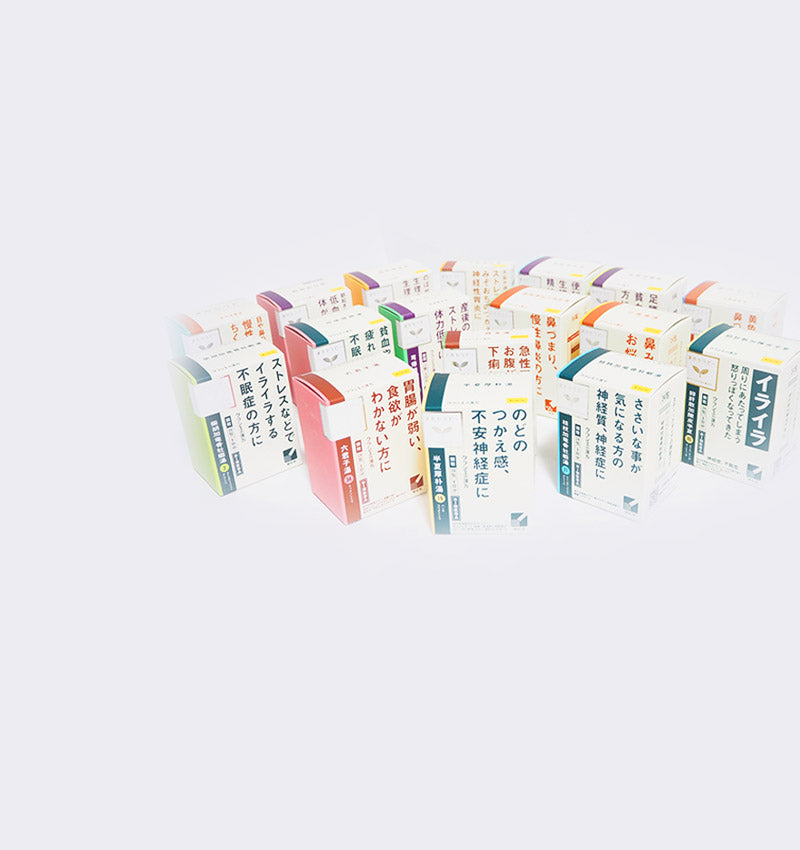
For thousands of years, TCM has treated diseases in China. It consists of three main components:
- Drug therapy
- Acupuncture and moxibustion therapy
- Dietary nourishment and lifestyle management
While the focus often tends to be on the first two aspects, TCM encompasses everyday dietary practices as an essential element. Throughout its extensive history, TCM has developed a unique system of dietary nourishment that diverges from modern nutritional science. Let's delve into the attributes of specific foods in TCM's dietary philosophy.
药食同源" concept implies that food and medicine share similarities, yet medicine is stronger. Daily consumption of food is fine, but too much of the wrong kind can affect the body and medicine. In Chinese medicine, foods have five natures: cold, cool, warm, hot, neutral.
In TCM, healthy eating means consuming foods that reduce excess energy, lower heat production, and cool the body. Here is a breakdown of the different food natures and some examples of foods within each category:
Cold and Cool Foods:
They are suitable for individuals with a deficiency of yang energy (cold constitution) or those with respiratory or issues of the digestive system. However, people with excess heat (hot constitution) should consume cool foods to reduce excessive heat.
Examples:
- Fruits and Vegetables: Watermelon, pears, grapefruit, oranges, kiwi, dragon fruit, Seaweed, bamboo shoots, lettuce, cucumber, asparagus
- Meats: Clams, snails, crabs
- Beverages: iced water
Hot and Warming Foods including:
Warm and hot foods increase the body's heat production and energy levels. They are beneficial for individuals with a deficiency of yang energy (cold constitution) and those prone to cold limbs or diarrhea. However, excessive consumption can lead to symptoms of excessive heat, dryness, and inflammation.
Examples:
- Spices: Cinnamon, garlic, ginger, onions
- Meats: Lamb, venison
- Fruits: Lychee, cherries, durian
- Beverages: green teas, coffee
Neutral Foods:
These foods have a balanced and mild nature, making them suitable for most people without specific sensitivities or imbalances.
Examples:
- Fruits and Vegetables: Grapes, papaya, strawberries, Green beans, sweet potatoes, carrots
- Meats: Chicken, fish, pork
- Others: Eggs, soy milk, white rice
The Five Colors in the Five-Element Color-Body Chart

In TCM, the "Five Elements" are Wood, Fire, Earth, Metal, and Water, forming the foundation. These elements are linked to Seasons and organs. Colors are also part of this system. TCM encourages people to eat according to the seasons and the colors that match the seasons.
Let's briefly explain the relationship between these elements, colors, and seasons.
- Wood represents trees and forests, making the association with the color green easy to imagine. It links with spring, a time when plants sprout and grow.
- Fire embodies blazing flames, hence the connection with red and summer is easy to understand. However, the remaining three elements might be somewhat challenging to grasp for individuals not accustomed to the Japanese perspective.
- Earth is associated with the seasonal periods known as "Doyō," with the color yellow.
- Metal signifies metallic substances and is related to autumn and white.
- Water symbolizes flowing water, connected to black and winter.
A fundamental practice in TCM is to select foods matching the color when your complexion appears different from usual. For example, representative foods for each color include:
- Green: Spinach, cabbage, parsley, bell pepper, celery, and more.
- Red: Watermelon, tomatoes, cranberries, carrots, salmon, tuna, and more.
- Yellow: Potatoes, pumpkins, sweet potatoes, corn, and more.
- White: Tofu, yam, pear, apple, milk, soy milk, and more.
- Black: Black fungus, black beans, seaweed, kelp, and more.
As midsummer deepens, the organs closely related are the spleen and stomach. Choose white types of foods to address issues like dry cough and disrupted intestinal balance.
On the other hand, seasonal foods act as "special remedies," resolving issues that commonly arise during each respective period.
For example,
- In spring, there is an abundance of bitter foods such as bamboo shoots and rapeseed blossoms. These bitter foods help prevent overheating caused by the spring weather and detoxify what has accumulated during the winter.
- During summer, vegetables like tomatoes, cucumbers, and watermelons cool down the body and protect against heatstroke by dissipating accumulated heat.
- In the dry autumn, consuming pears and pine nuts provides internal moisture for the body.
- And in winter, when kidney function is more vulnerable, seasonal foods like oysters and shrimp support kidney function.
These categories follow traditional Chinese medicine and help choose foods for balance and health. Individual dietary needs may vary, and it's advisable to consult with a healthcare professional before making significant changes to your diet.



